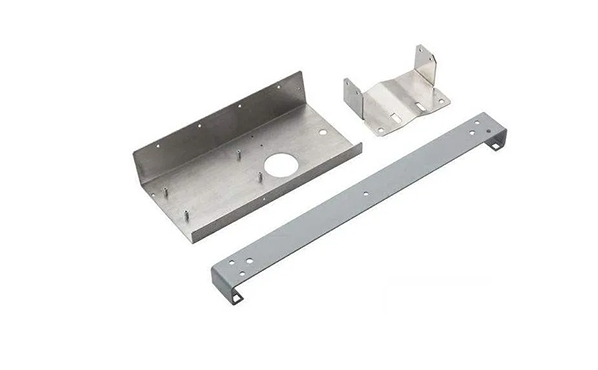The sheet metal stamping process is suitable for stamping, cutting and plastering of cabinet structures such as silent cabinets and power distribution cabinets. Stamping machine: According to the cold stamping force of the product, choose stamping machines of different tonnages. The application mold must be tested after passing the test. So, how can we get a better handle on the look of sheet metal? Let's take a brief look at:

Strictly abide by the first sheet metal test, intermediate sampling test and final part verification; the processing specifications of the product workpiece should be checked according to the drawings or process documents; the stamping edge shall not be stretched or bent, and the burr height shall not exceed 10%-15% of the wall thickness of the raw material ;
During the adjustment period, check the safety factor and stability of mechanical equipment and electrical equipment; parts to be processed are only processed after the previous process inspection; before processing, master technical standards and check whether the material inspection report is incorrect; learn and choose according to processing regulations Corresponding die; first, deflect the punching slider to the bottom dead center, then assemble the upper control module into the slot of the slider die handle, tighten the screws and the top screw, and there is no gap between the upper control module and the bottom of the slider;

Scrub the bed, remove oil stains and iron pins, and place the lower control module on the stamping table; start the vehicle by hand or install a large wheel, so that the slider enters the upper die from the bottom dead center, adjust the height of the crankshaft, and adjust the die gap to ensure that The surrounding gap is symmetrical; lay the lower formwork, gasket and bottom formwork without changing the point symmetry; tighten the crankshaft to check whether the die is loose;
Carry out a sheet metal test to check whether the cross section is neat, uniform and symmetrical; adjust the printing plate according to the specifications, set the vertical standard (left and right front and rear) and the horizontal standard (operation); grasp that the raw material should be close to the printed version during the whole process, and lay flat On the bottom mold; pay attention to the overall processing goal to avoid incorrect openings; the machined parts should be sorted, neat, and marked.



